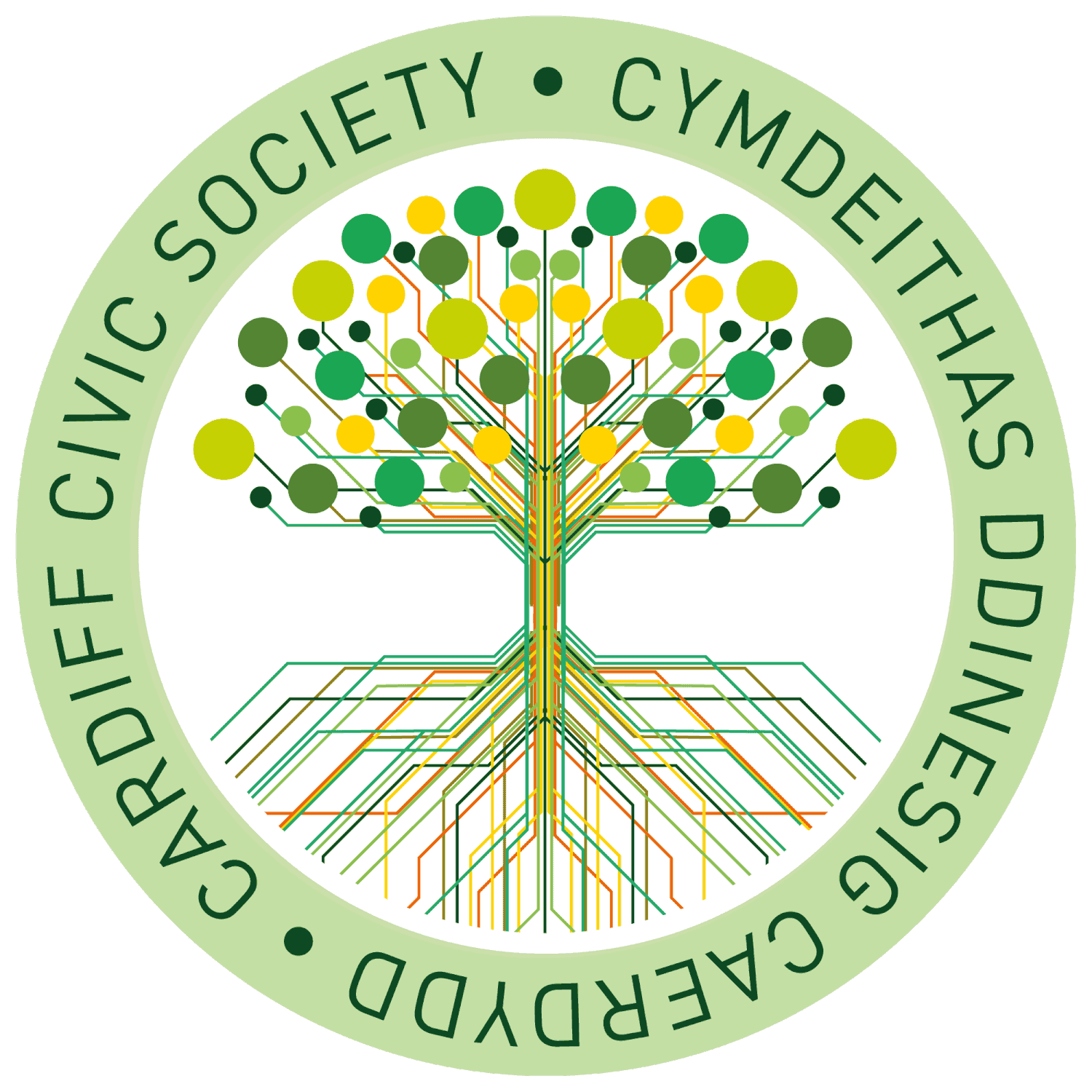Sixteen calamitous decisions by Cardiff Council
Nature under threat – Cardiff Council destroys habitat as many species face extinction
A pond in Heath Park, Cardiff. Pic: Richard Szwejkowski
March 2022
Cardiff Council’s current leaders have made it clear: builders’ profits are more important to them than tackling the nature crisis.
They have consistently refused to introduce supplementary planning guidance which would protect ancient trees from being needlessly felled for the convenience of greedy builders.
This nature neglect is part of a wider approach by city leaders.
We believe that the council’s One Planet Cardiff plan fails to recognise
the vital importance of biodiversity
the scale of the response required, and
the urgency with which the Council needs to respond
The Council Cabinet received a report (November 2020) from its Biodiversity Task and Finish Group, which took evidence from many people with a professional interest in biodiversity. The report set out actions that the Council should take to safeguard biodiversity. Sadly, many of the Report’s recommendations were rejected by the Cabinet. The Council must revisit that Report and incorporate the recommendations into the One Planet Cardiff report.
We need development-led habitat loss to be properly compensated for, with an independent, qualified ecologist, outlining what is needed.
We need to properly protect and enhance biodiversity, as outlined in the Environment (Wales) Act 2016, rather than simply pay lip service to it.
In Our Vision for Cardiff document, we propose that the Council takes the following actions:
Protect existing habitat, including its Sites of Special Scientific Interest (SSSIs) and Sites of Interest for Nature Conservation (SINCs). This means monitoring these sites and managing them to preserve their biodiversity.
Insist that all developments fully compensate any biodiversity loss, as required by Planning Policy Wales
Significantly strengthen its Green Infrastructure Supplementary Planning Guidance, especially the Technical Guidance Notes on Trees, Biodiversity and Green Spaces
Establish mosaics of nature-friendly areas, along with natural dispersal corridors. We need hedges, ponds, wild flower meadows, unimproved grassland, understory, thickets of nettles and brambles in parks and other public space.
Raise public awareness of the importance of biodiversity – e.g. what people can do in their gardens/neighbourhoods to improve it.
Develop a better understanding of what constitutes “habitat” - e.g. brownfield sites, often dismissed as wasteland, can be immensely rich in biodiversity.
Stop using herbicides and pesticides on council managed land.

